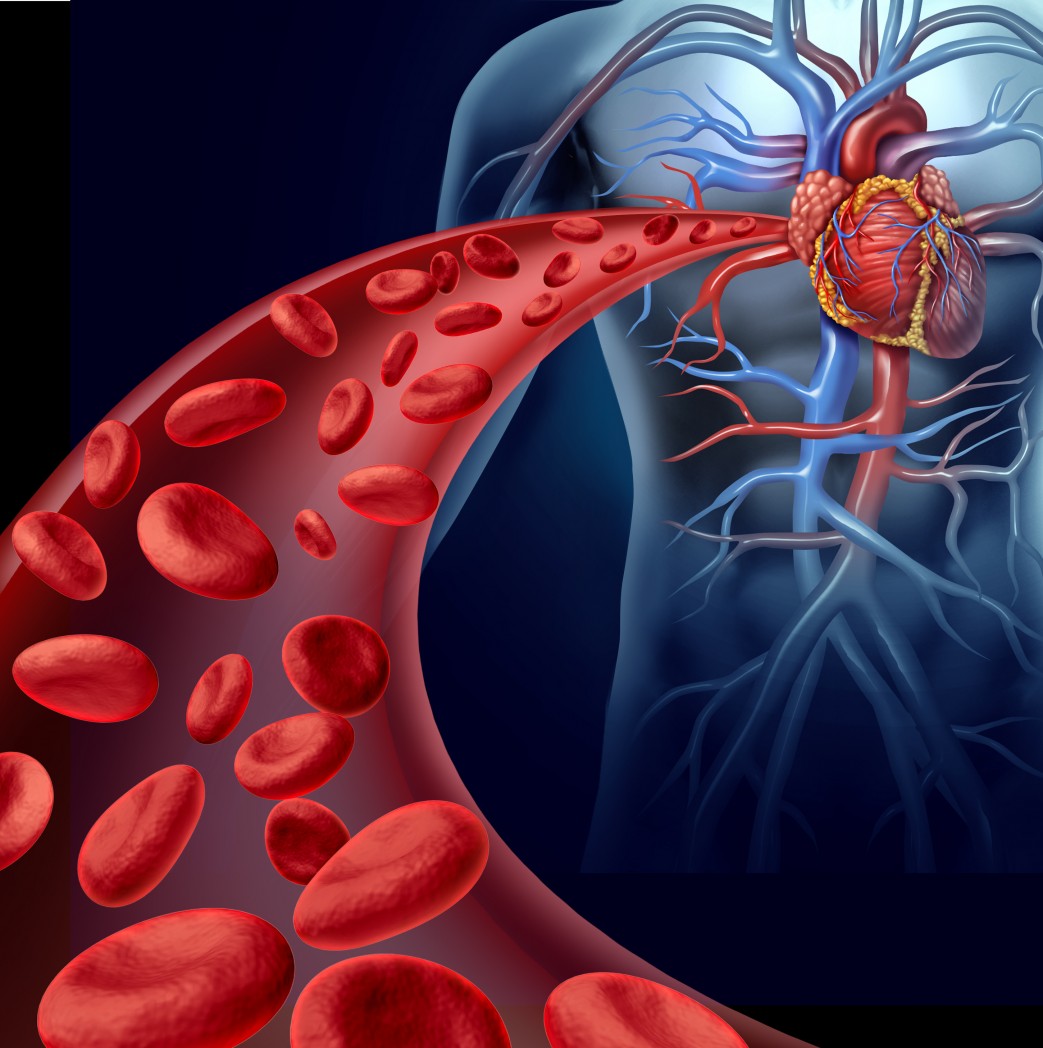COPD Linked to Structural Changes in Brain Regions Regulating Fear, Breathlessness

A study recently published in the journal Chest found that patients with chronic obstructive pulmonary disease (COPD) had decreased gray matter in cerebral areas that process breathlessness, fear, and pain sensitivity.
Intrapulmonary inflammatory processes restrict the flow of air in the lungs of people with COPD, and breathlessness is commonly experienced even during low-intensity activities, like climbing stairs or walking. The condition is also associated with disease-specific fears and a general avoidance of physical activity, which can contribute to disease worsening.
Scientists, however, know very little about the structural brain processes that occur in COPD patients, or their possible relation to disease duration and fears, like dyspnea or physical activity.
In the study “Structural Brain Changes in Patients with COPD,” researchers used voxel-based morphometric analysis of magnetic resonance imaging (MRI) scans to assess differences in generalized degeneration of the cortex and gray matter in 30 patients with moderate to severe COPD, and compared them to similar brain regions in 30 healthy individuals. Patients were also tested for lung function using spirometry, and fears were assessed using the COPD Anxiety Questionnaire (CAF).
COPD patients showed no generalized cortical degeneration, but regionally decreased gray matter volume in the anterior, mid, and posterior cingulate cortex, and the hippocampus and amygdala. The team also found that the levels of brain degeneration — particularly in gray matter in the anterior cingulate cortex — was most notable in patients of longer disease duration, and with greater fears of physical activity and breathing difficulties.
“Targeting disease-specific fears in patients with COPD might not only improve outcomes of clinical interventions such as pulmonary rehabilitation, but also reverse structural brain changes in these patients,” concluded the study’s senior author, Dr. Andreas von Leupoldt, from the Belgian Research Group Health Psychology, University of Leuven, in a press release.
COPD affects approximately 24 million Americans, and its main symptoms are coughing, accompanied by a considerable amount of mucus, and wheezing, shortness of breath, and chest tightness. Even though cigarette smoking is the leading cause of COPD development, long-term exposure to other lung irritants, like air pollution or chemical fumes, can also lead to the disease.






